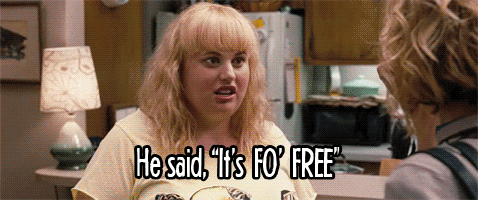Disney aired its first same-sex kissing scene Monday on its show “Star vs. the Forces of Evil". In the episode, the characters Star and Marco attend a concert. During a romantic song titled "Just Friends" theyare surrounded by kissing couples, includinga few same-sex couples. Though the episode was first met with mainly positive reactions,backlash arose days later by those who felt that Disney was "pushing the gay agenda" on children. So are the feelings of not wanting children exposed to same-sex relationships on television valid?
To put it rather simply: No.
People don't want LGBT folks on cartoons, not because sexuality is something that's too hard to explain, but purely out of hatred.
According to Planned Parenthood, One out of four families has someone in it who is lesbian, gay, bisexual, or trans. Not discussing sexuality won't change this. Cartoons aren't going to make your child gay. But they will help shape your child's view of LGBT folk. So we should call backlash to gay cartoon characters for what it is: Homophobia.
The "I have nothing against gays but…" argument is just an attempt to save face. Those individuals do have something against LGBT people. There is hatred of the idea that LGBT people even exist. What is so difficult about explaining to a child that some men like men, some women like women, and sometimes some people like both men and women? Those who are so against their children seeing positive images of same-gender loving folk want to shape their children to hate those who are "different", and hate themselves if they are one of them. Their homophobia will do more harm tochildren than anything else. And the suicide and hate crime rates speak for themselves.
According to The NYU Child Study Center’s Gender and Sexuality Clinical Services, "Up to a quarter of children who come out to their parents are kicked out of their homes, and about half of all homeless youth in New York City identify as LGBT. LGBT youth also have higher rates of suicide attempts, substance abuse, HIV, and are more frequently victims of violence in their communities."
Representation is a key factor in development. According to GLAAD's annual “Where We Are on TV” report, LGBTQ characters make up only 4.8% of all regular TV roles, and the vast majority of those characters are white. It is important that people of all races, genders and sexual identities see themselves in the media. So, while Disney taking this step is a sign of progress, we have a long way to go.
Children learning that LGBT people exist and that their identities are valid, are steps in the right direction if we hope for a world of equality. Hopefully, in the future LGBT cartoon characters won't be making headlines because people "disagree" with their existence. They represent people, real people. What does it even mean to "agree" or "disagree" with someone's existence? Does this not remind us of the hatred that has stained our past? These characters have to ability to bring a smile to a child's face who feels that the world is against them. So what do LGBT cartoon character's mean for the future? Hope.








 The minimum wage is not a living wage.
StableDiffusion
The minimum wage is not a living wage.
StableDiffusion
 influential nations
StableDiffusion
influential nations
StableDiffusion












